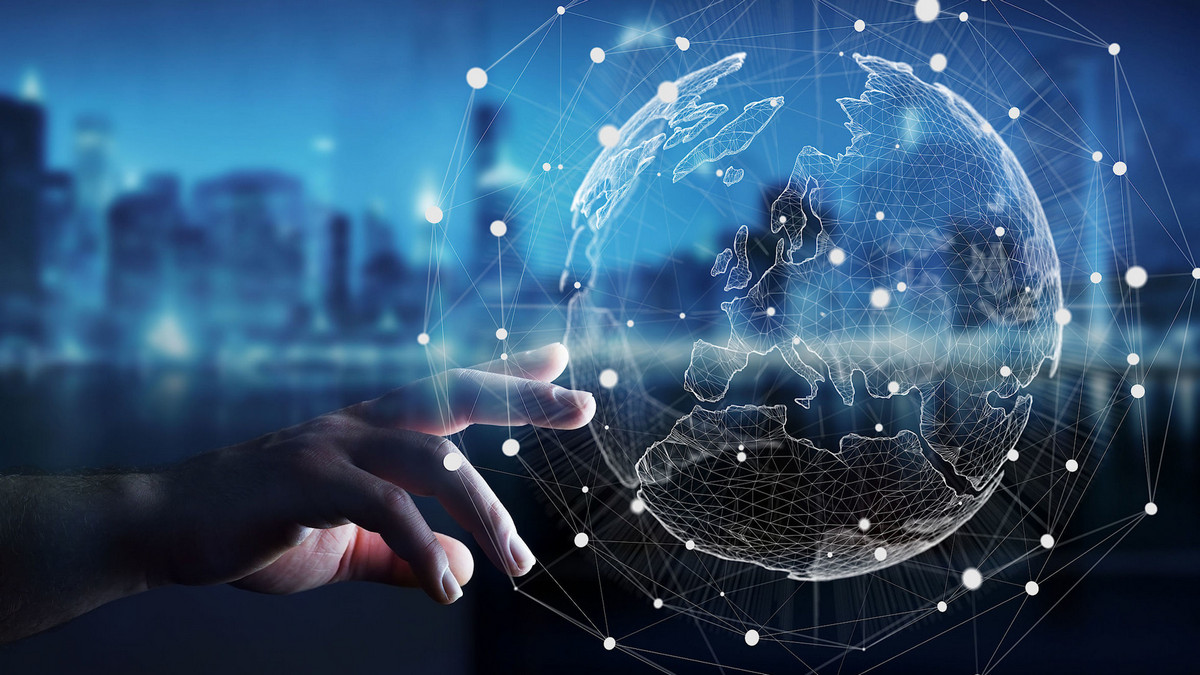The circular economy is the development trend of the production chain in recent years. In the face of limited resources, being able to design an efficient regeneration system can create more business opportunities. If you don't know what circular economy is? Or if you don’t know how to improve corporate profits through circular economy, this article will introduce you the definition of circular economy, as well as 7 circular economy business models, and help you create sustainable business methods that meet the needs of your business.
What is Circular Economy? How is It Different from A Linear Economy?
Faced with the continuous reduction of limited resources, circular economy is an imperative development trend, but what exactly is circular economy? The following will introduce you to the circular economy by comparing it with the traditional linear model.
Since the industrial revolution, human beings have been engaged in production and consumption activities in a linear and non-recyclable way of using resources: mining raw materials, processing and manufacturing them into commodities, purchasing commodities, using commodities and then directly discarding them. Therefore, limited resources are constantly being consumed. And as the rarity of resources increases, so does the cost of goods. In order to solve the situation that resources cannot meet the demand, scientists began to study the possibility of circular economy, which has gradually become the mainstream trend of production mode.
Compared with the linear model, circular economy emphasizes the principles of resource reuse and waste reduction. Through product design, logistics optimization, and encouragement of recycling, the by-products of each resource or damaged goods can be eliminated. It can enter a new cycle and become a new raw material or material. In addition to being more environmentally friendly, it can also reduce production costs, help enterprises and resources to coexist, and thus achieve the purpose of sustainable operation.
7 Circular Economy Business Models
A "successful business model" can make an enterprise stably profitable, and a "successful circular economy business model" can not only make the enterprise profitable, but also achieve the goal of proper utilization of resources and sustainable operation of the enterprise. Among the top 10 consumer trends for 2020 released by market research Euromoitor International, the circular economy is one of them. Sharing, reusing, refilling, and renting instead of owning are all more attractive to younger generations, indicating that circular economy has become a competitive advantage or even a prerequisite for products. Here are 7 business models of circular economy for you to help you introduce the concept of circular economy into your business.
Circular Economy Business Model 1: Product Sharing
The sharing economy is also a type of circular economy. Through product sharing, product waste is reduced. For example, brands such as Ubike, Goshare, iRent, etc., through the sharing method, people who use transportation less frequently can increase the convenience of life through short-term rental, and enterprises can also profit from short-term rental.
Circular Economy Business Model 2: Product Service
The goods that originally need to be purchased to obtain the right to use are transformed into the nature of services. The supplier retains the ownership of the goods, and the user pays in units of "efficiency" or "usage" to establish a long-term contractual relationship to obtain the right to use the goods.
Circular Economy Business Model 3: Repair and Refurbish
When the product life cycle has not yet ended but is facing elimination, the original supplier or third-party industry is responsible for refurbishing the product and re-assigning the product value. It is common to buy and sell second-hand cars and second-hand electrical appliances.
Circular Economy Business Model 4: Remanufacturing
When the life cycle of some parts or products ends, some products can be restored to a new state through the remanufacturing process, and even have better functions, avoiding the products entering the process of obsolescence or scrapping, and then starting a new product cycle. The representative case is Canon recycling printers to make new ones, Google server parts reorganization, etc.
Circular Economy Business Model 5: By-products and Industrial Symbiosis
If the by-products in the production chain can be put into the production chain of other enterprises, a circular economy can also be created through symbiosis. For example, the enterprises in the Kaohsiung Linhai Circulation Industrial Park reduce raw materials and energy by exchanging excess resources in the production process. of waste.
Circular Economy Business Model 6: Replacing Virgin Materials with Recycled Materials
Using recycled raw materials or renewable raw materials to solve the problem of lack of resources from the source. For example, Adidas uses the recycling technology of the Far East New Century to recycle marine waste into sports shoes for sale; or use decomposable plastics in agriculture, reduce the labor and environmental burden of recycling consumables.
Circular Economy Business Model 7: Resource Regeneration and Recovery
Simply put, it is resource recycling and reuse, which can be divided into the following three cycles:
- Closed cycle: The raw materials of the product are reused in the same production chain, which is characterized by maintaining the integrity of the raw materials, allowing the raw materials to be recycled for many times or even infinitely regenerated, effectively reducing waste of resources. A common case is precious metal recovery.
- Downcycle: At the end of a product's life, renewable feedstocks are used in lower value products, called downcycle, such as the use of slag from the production of steel to pave roads.
- Upcycling: Conversely, using raw materials to produce higher-value products is called upcycling. For example, Nike repurposed recycled PET bottles into World Cup football jerseys.
In addition to conforming to consumption trends, the introduction of circular economy into business models is also an important step for many companies to practice CSR concepts in advanced.










.jpg)
.jpg)
.jpg)
